Welcome to this sub-section of the Mediterranean diet, a summary of which can be found here. L'Mediterranean diet has been identified by science as one of the world's healthiest eating habits. That's why we've decided to take a closer look at this eating pattern, and to integrate it into the best practices of the Blooness guidethe guide to the ideal human diet.
Table of contents
Hide- 1.Definition of legumes or seed vegetables.
- 2.Legumes provide low-GI carbohydrates
- 3.Legumes have a positive effect on microbiota
- 4.Legumes are rich in protein
- 5.Legume fiber improves satiety
- 6.Pulses have a positive effect on the environment
- 7.Legumes are good for your health
- 8.The list of healthy legumes
- 9.In conclusion
In previous chapters, we listed the main Mediterranean-inspired vegetablesthen the spices, herbs and condiments that had to be integrated or reintegrated in order to regain control of one's health, before dissecting in length and breadth the hot topic of cerealssometimes friends, sometimes enemies of our health.
In this chapter, we focus on pulses.
Definition of legumes or seed vegetables.
Legumes are vegetable plants whose fruit is a podwhich are cultivated with the aim to obtain dry edible grains. Among the best-known are chickpeas, broad beans, kidney beans, white beans and lentils.
Most legumes were domesticated in the Fertile Crescent, like cereals previously discussed. This is the case of peas, chickpeas and lentils, to which we must add broad beans, which are thought to have been domesticated around 4,000 to 5,000 BC, again in the Near East.
This content is part of the guide Blooness, the guide to the ideal human diet, the summary of which you can find here 🌱🥑
Visit leuminousalso known as vegetables are unfortunately little-known and rarely consumed in the "modern" industrial diet. And yet.., they are a treasure trove of nutrition. In a way, they are the "stars" of feeding Mediterranean and more generally of many Blue ZonesThey have nutritional properties that are extremely beneficial to the body.
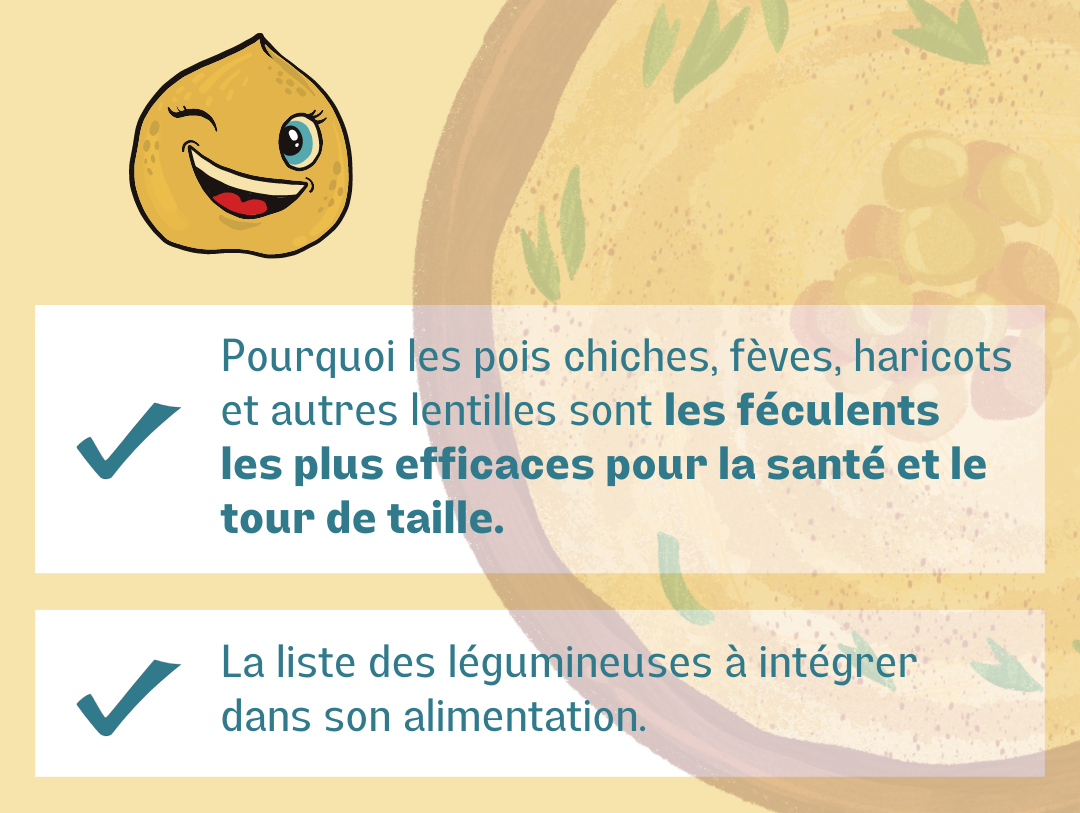
In fact, most of the world's ancestral peoples have adopted them in their cooking, hummus Mediterranean (based on chickpeas) to the traditional English breakfast (white beans in sauce) and the Indian dal (peas or lentils).
French-speaking subscribers will receive the newsletter in French, and all others will receive an English version.
Let's take a look at the benefits of these legumes, before compiling a complete list.
Legumes provide low-GI carbohydrates
The reason why legumes are extremely beneficial for the bodyIn addition to the fact that they are rich in fibersoften high in protein, with a moderate intake of lipidsis that they stand out for their glycemic indexcompared to other known starchy foods rich in carbohydrateslike the cereals refined. Their difference lies in their carbohydrate intake, which leads to a moderate rise in insulin levels secreted by the pancreas. A number of studies have shown that diets favoring low-glycemic index foods, such as legumes, reduce the risk of obesity and abdominal adiposity.
And this is one of the most important issues in understanding the main principles of nutrition.
That's right, we saw in the chapter dedicated to blood sugar levelsthat one of the most effective techniques for preventing overweight, and gradually getting rid of it, was to do not raise the blood glucose too frequently and too abruptly, as this led to transformation of blood glucose into fats tangible assets (in fatty tissue, and in the organs). This is exactly what is caused by the familiar side dishes of the modern diet, such as white rice, white bread, refined cereals, white pasta and, of course, "sweet" carbohydrates.
Of course, you can start by replacing white rice with basmati or semi-complete rice at the very least, and morning cereals with petit épeautre bread, rye bread or a buckwheat pancake, as we discussed in the chapter on blood sugaror in the chapter on cereals in the Mediterranean diet, or in the chapter on best breads for health. This is the first step towards making your blood glucose levels a little less erratic.
However, nothing - or almost nothing - beats the virtues of legumes as an accompaniment to or replacement for protein for example, because legumes have a much lower glycemic index and glycemic load than other known starches, while also having a much higher intake of proteins high, but we'll come back to that later.
Pulses therefore offer a very interesting balance between their carbohydrate content, resulting in a limited rise in blood glucose levels, and their vegetable protein content. In most cases, they can be used to replace French fries, rice or pasta.
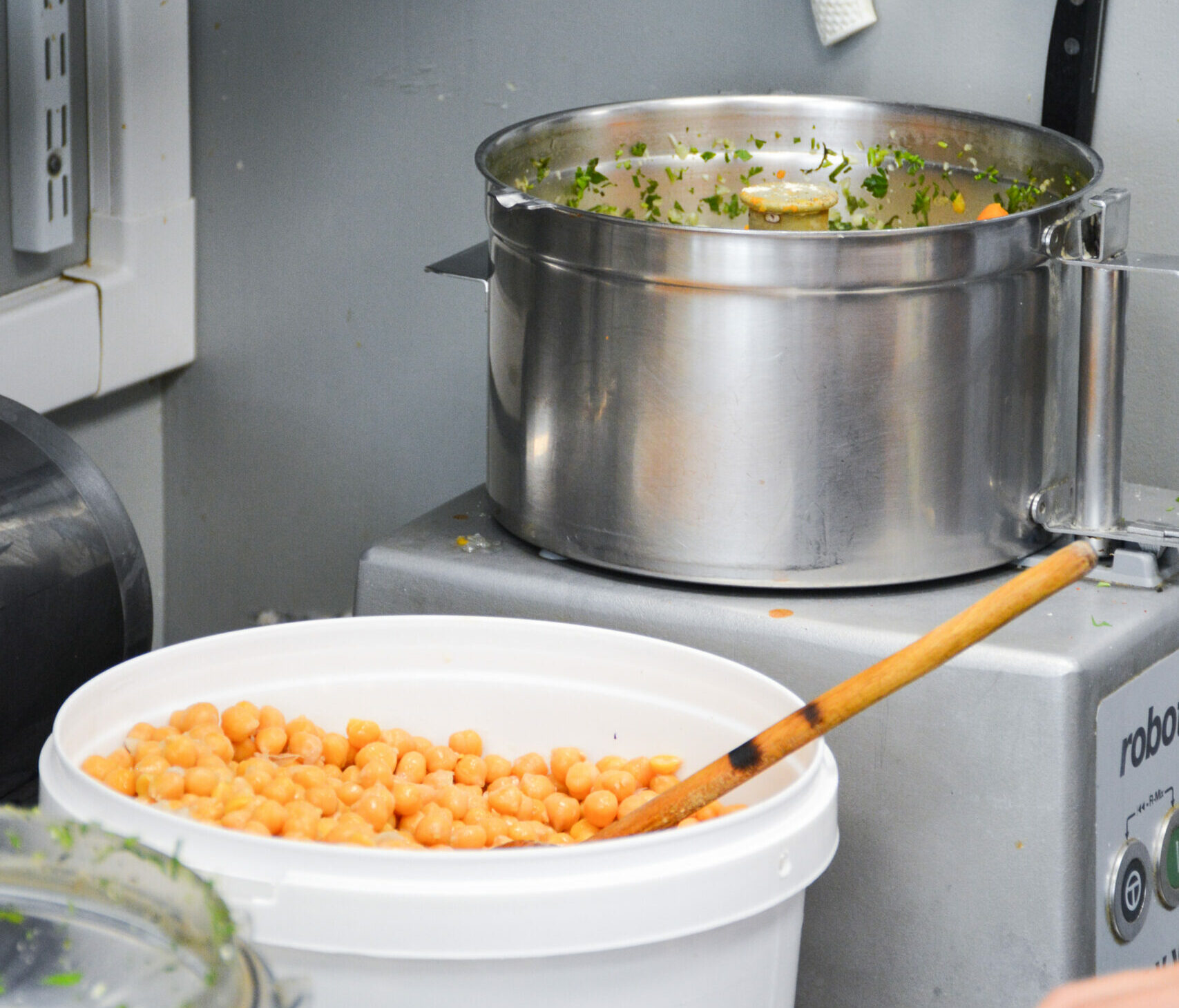
French fries, for example, have a glycemic index of 75, while potatoes range from 65 to 90, depending on whether they are boiled or mashed. As for the GI of chickpeas, it's only ... 28.
And if we want to hammer home the point, we can use the glycemic load to compare potatoes and chickpeas. As we had already seen in the chapter on blood sugarGlycemic load is an indicator that compares the impact on blood sugar levels by taking into account the quantity of food consumed. For every 100g of food, potatoes have a glycemic load of 24, while cooked chickpeas have a glycemic load of 7!

It is therefore advisable to choose legumes as a source of carbohydratesAnd all this excess energy intake is compounded by the fact that bread is served at almost every meal, in addition to refined starches. And all this excess energy intake comes on top of bread, which is served at almost every meal, in addition to refined starches, and fats, often from processed products, which makes no sense from a health point of view.
Admittedly, eating chickpeas or lentils isn't necessarily the most pleasant meal on the face of it, but it's a preconception, inherited from unbridled consumption habits doped with flavour enhancers, as we saw in the chapter on spices and aromatics. Moreover spices will be your best ally in "spicing up" your legumes to make absolutely exceptional meals in terms of taste.
In addition to the fat gain that can result from foods with a high glycemic index, compared to legumes, it should also be added that the unbridled consumption of these foods can also lead to an increase in body fat. may reduce the pancreas' ability to secrete insulinthe hypoglycemic hormone, which lowers blood sugar to physiologically acceptable levels.
Put another way, by overtaxing the pancreas to secrete insulin to bring blood glucose levels back to normal, the pancreas eventually tiresand less insulin is secreted. This is where health problems arise, such as insulin resistance.
I refer you to the glycemia chapter to understand these issues in detail, as they are one of the keys to setting up an ideal diet.
Once we've integrated these notions, we can draw up list of the best high-carb foodsIf we classify them according to their propensity to raise insulin levels, we find at the top of the list the famous legumes that are often shunned by the modern diet, often out of ignorance, and yet are so precious.
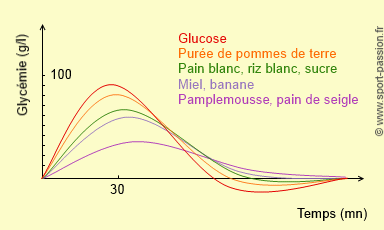
They are a healthy source of energy, slowly releasedThis allows limited or non-existent storage of body fat, provided it is consumed in proportions commensurate with the effort expended by the body.
And since we're talking about effort, priority should be given to legumes and low-GI foods in general, doesn't mean you should necessarily avoid higher GI foods. All this means is that, ideally, you should alternate carbohydrate sources. In fact, eating higher GI foods can also be useful for certain sportsmen and women or active people, at certain key moments (we'll come back to this later), or simply during meals of pleasure, which are by nature occasional.
It's the daily habits repeated over the years that put our bodies to the test.These are, as their name suggests, meals eaten on special occasions. But that doesn't mean you have to resort to abusive behavior when you're enjoying a meal.
Rising blood sugar levels aren't the only reason to reintroduce legumes into our diet. Let's take a look at the other benefits of eating legumes.
Legumes have a positive effect on microbiota
Regular consumption of legumes tends to improve intestinal microbiotawhich could help maintain a healthy weight.
The intestinal microbiota, also known as the intestinal flora, is all micro-organisms (mainly bacteria) in our digestive tract. It's a combination of 100,000 billion bacteria from over 400 species. In symbiosis with the intestine, the microbiota plays a part in healthy digestion and immunity.
Stress, an unbalanced diet, antibiotics or viral or bacterial infections can damage our intestinal ecosystem. This can lead to digestive problems, infections, persistent fatigue and dull skin, all over time.
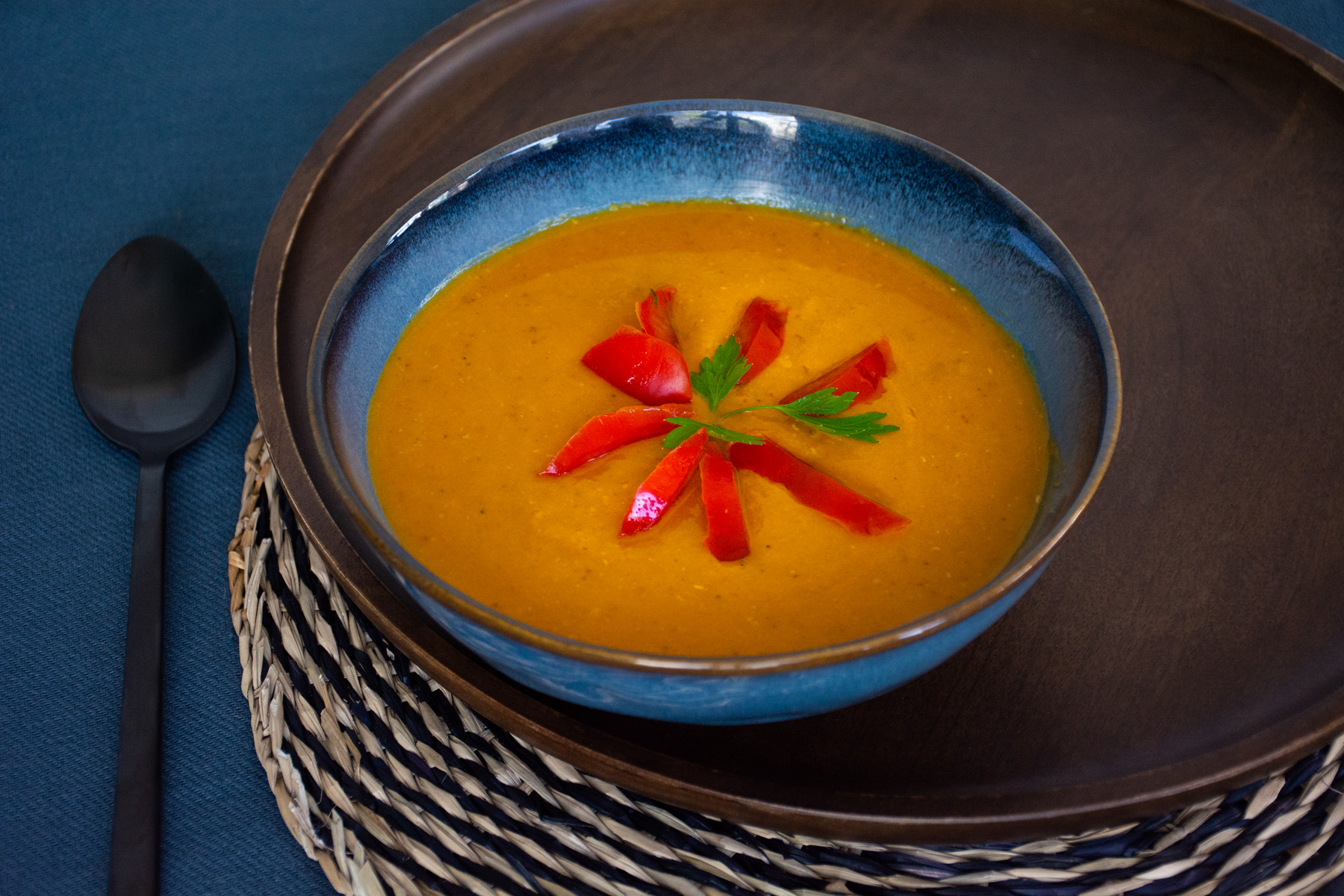
To improve our intestinal microbiota, we need to give it both probioticswhich are good bacteria he needs, but also prebioticswhich are what feed our bacteria. And it is precisely the consumption of vegetables, legumes, spices and red fruit in particular, which will positively influence the composition of our intestinal microbiota.
The richer the variety and number of good bacteria in our intestinal flora, they boost our immunity and vitality. and our long-term health. The microbiota even influences our mood and morale.
And last but not least, a good microbiota: influence on weight loss. As a result, people who successfully lose weight have more beneficial bacterial enzymes in their intestines. Several studies have shown that certain probiotics help weight loss by, for example, thickening the intestinal mucosa and thus altering the chemical signals in the digestive system, enabling fat and sugar to be better eliminated.
And in the top list of foods good for the microbiota, These include legumes, spices, wholegrain cereals, sourdough bread, fermented foods such as kefir, kombucha, tempeh or miso, and of course the polyphenol-rich foods typical of the Mediterranean diet, such as berries, green tea and dark chocolate..
It's also advisable to give priority to omega-3s, found in small fish, flaxseed and walnuts. In short, these are all the foods we have already listed as ideal in the Blooness guideAnd while we're on the subject of these foods, let's not forget And while we're on the subject of these foods, let's not forget that for a good microbiota, we also need to limit the ingredients we've already listed in this "foods to moderate" guide, including trans-fatty acids, pro-inflammatory omega-6s, sugars and processed foods.
Legumes are rich in protein
Equal contribution, legumes provide more proteinand less carbohydrates in proportion than a portion of cereals, for example. This is a very interesting fact, as the high protein content means that carbohydrate intake can be moderated naturally, without necessarily having to reduce the portion size on the plate, while taking advantage of the benefits provided by these proteins.
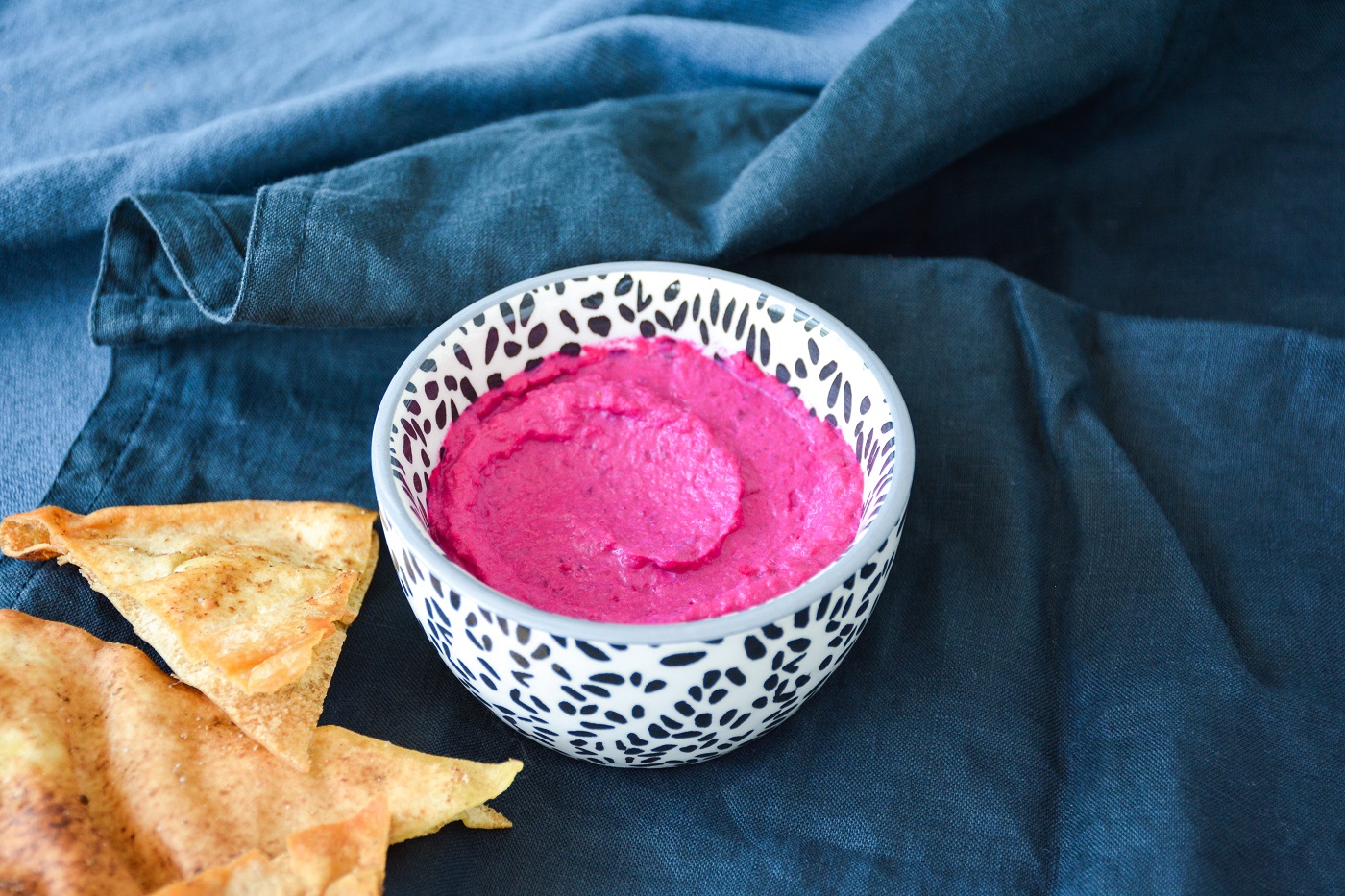
The protein / carbohydrate / fiber balance of legumes is more favorable than other starchy foods from a health and weight-loss point of view. Firstly, because proteins provide amino acids essentials to the body (for tissue and muscle renewal, and for general health), but also because this protein and fiber intake leads to a greater feeling of satiety than a starchy food that's mainly carbohydrate-rich, and relatively lower in protein and fiber, which is also conducive to a healthier body weight.
Legume fiber improves satiety
Because legumes are rich in protein and fiber, it takes the body longer to metabolize them than a carbohydrate-rich starch without fiber.
This contribution in protein, fibre and anti-nutrients (nutrients that the body cannot assimilate, and which we'll come back to later) increases the caloric expenditure involved in digestion. In other words, digestion of legumes requires more energy to the body than rice or wheat, as legumes are more difficult for the body to digest. Moreover, this relative digestibility can be a double-edged sword: on the one hand, it's an asset for satiety and waist size, but it can also cause digestive discomfort, not to mention those who, on the contrary, seek to gain weight rather than lose or maintain it. But all these cases will be dealt with in a separate chapter.
In the first scenario, legumes are the best allies for those with a sweet tooth who want to take control of their health and improve their figure, and whose challenge is to appease hunger, increase satiety and get back in touch with healthy foods, thanks to the digestion time they impose on the body, and the energy they require to digest them.
Next, let's take a closer look at the fiber content of legumes. 100g of chickpeas provide no less than 17g of fiber, compared with only 2 to 3g of fiber for 100g of brown rice. Now you understand why some legumes can be difficult to digest, especially if you eat too much of them without being accustomed to them and without having nourished your intestinal flora with the right bacteria (the famous microbiota), but the positive side of this is that legumes are an excellent alternative to cereals in terms of health and weight loss.
Not only do legumes provide more protein and fewer carbohydrates in proportion than their cereal cousins, but they're even better, they provide much more fibre, which slows down the digestion processand reduce carbohydrate digestibility. These include soluble fibers which bind to fats and sugars, reducing their absorption and use in the body.
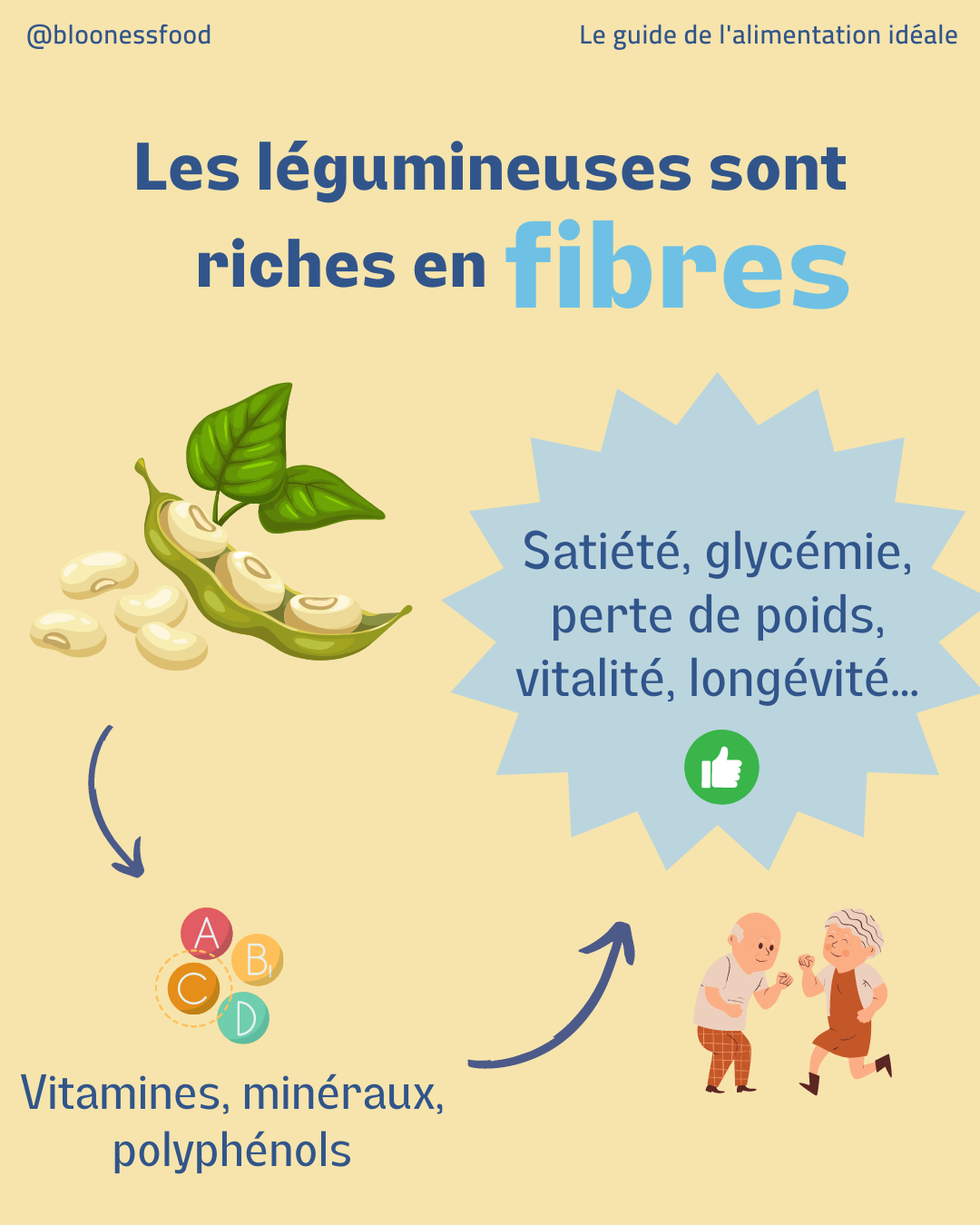
This explains the relatively low glycemic load after a meal containing legumes, which helps to keep insulin levels low enough to avoid reactive hypoglycemia and cravings a few hours after the meal. Eating legumes therefore helps to combat snacking episodes.
From the point of view of species survival, legumes are less efficient than other starchy foods, they are much more interesting in terms of health and weight loss in our modern society, where we consume too many calories. in relation to our energy expenditure.
From then on, legumes are the best allies for sedentary peopleThe majority of people who work in an office, for example, want to increase their satiety and enjoy their food without reducing their portions.
In equal quantities with a cereal competitor, they tend to be less metabolized by the body, therefore provide fewer calorieswhile driving longer satiety, a tangible energy intake that is more stable over timeThis is more in keeping with our more or less sedentary and comfortable lifestyles.
Pulses therefore have the best quantity/calorie/fiber/protein balance than many other foods.
Pulses have a positive effect on the environment
Legumes are plants whose nitrogen-fixing properties enhance soil fertilityThis improves and enhances the productivity of farmland. By growing legumes, farmers also promote agricultural and soil biodiversity, while avoiding harmful pests and diseases.
In addition, the cultivation of legumes and their natural propensity to fix nitrogen makes it possible to reduce dependence on synthetic fertilizers used to artificially introduce nitrogen into the soil. Greenhouse gases are released during the manufacture and use of these fertilizers, and their excessive use can harm the environment. Legumes, on the other hand, naturally fix atmospheric nitrogen in the soil and, in some cases, mobilize phosphorus contained in the soil, significantly reducing the need for synthetic fertilizers.

This has a double positive effect, not to mention less dependence on meatsince legumes, for their high protein contentThese can supplement meat intake, reducing the amount of meat produced and consumed, with all the health and environmental benefits this can bring.
Legumes are good for your health
Generally speaking, whether for liver health, cardiovascular health or longevity, studies have shown that eating legumes has positive effects.
They are associated with a lower risk of non-alcoholic hepatic steatosis (the excessive accumulation of fat in the liver), better cardiovascular health thanks to their intake of potassium, magnesium and dietary fibers, and regular consumption of these can reduce the risk of cancer.
The list of healthy legumes
In practical terms, here is a list of legumes commonly consumed in Mediterranean regions, and more generally in certain Blue Zones:
- Beans
- Chickpeas
- Lenses
- Dried beans
- Lupins
- Peas
- Soybeans
- Carob
Finally, peas and green beans are not necessarily considered legumes, but have more or less the same energetic properties, although they straddle the line between green vegetables and pulses.
In fact, they are consumed before they reach maturity. However, they are they have more energy than most fresh vegetables (hence their classification between vegetables and legumes, the latter being richer in carbohydrates).
If we had to choose three or four, it would probably be lentils, chickpeas, broad beans and white or kidney beans. These are the best-known, most affordable and most effective legumes for your health.
Focus on white beans
White beans are one of the best energy providers around. Thanks to their high fiber content, they help regulate blood sugar levels, while releasing energy slowly by converting complex carbohydrates into simple ones.
In addition, their potassium content helps eliminate waste through the urine, provided you drink enough water with meals. Finally, they help regulate cholesterol levels.
Focus on chickpeas
The other "stars" of carbohydrate foods are chickpeas and broad beans. Source of vitaminsincluding the all-important B vitamins, from minerals and fiber, chickpeas and fava beans provide energy without raising blood sugar too much, while supplying a significant proportion of protein.
This type of legume helps combat stress, improves mood and sleep, and has beneficial effects on memory.
Don't hesitate to eat them with vegetables, herbs and spices to improve digestion and enhance taste.
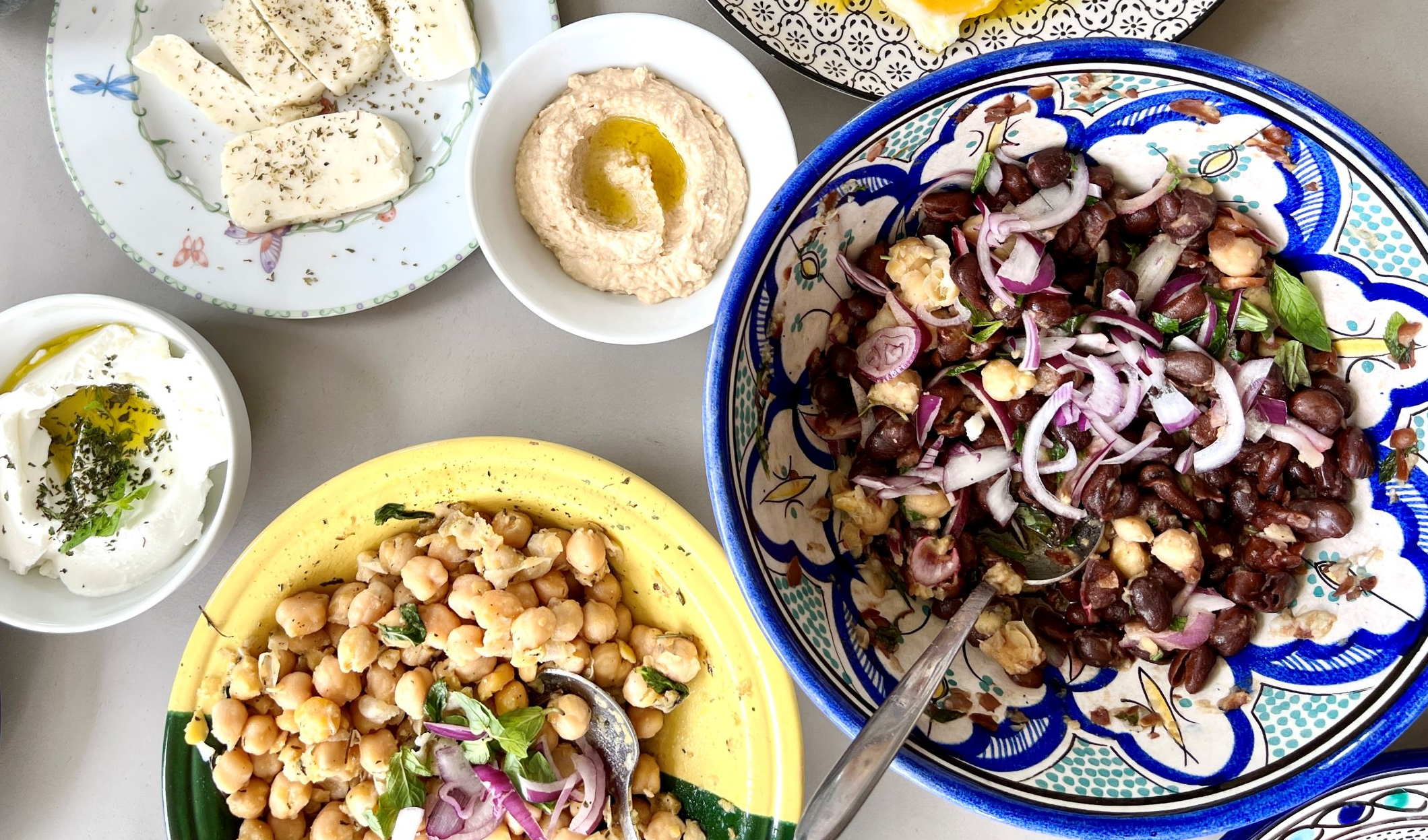
As with white beans, if they are dry, they should be soaked the day before in cold water, to which a spoonful of baking soda should be added. If they are canned, simply rinse them before eating or cooking.
Both chickpeas and broad beans can be eaten cold, in salads for example, or mashed with garlic and spices (the famous hummus), or hot.
In conclusion
Pulses, a health and fitness ally
In conclusion, when it comes to energy-dense foods, pulses are probably at the top of the scale. And for several reasons, which can be summarized here.
Firstly, because they provide carbohydrates in moderate quantities, more protein and fibre, in comparison with commonly consumed starchy foods such as rice or pasta, even wholegrain pasta in equal quantities.
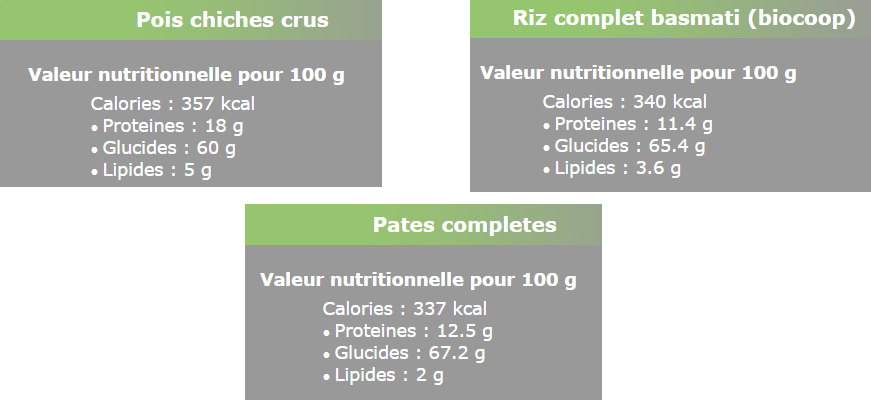
Secondly, because their nutritional composition means that the body takes a long time to metabolize them, which lowers the glycemic load while providing energy for digestionThese two phenomena are very welcome when you want to keep or regain your figure.
In addition, high protein content is invaluable when we're unable to meet our protein requirements, especially animal proteins.
Lastly, as their assimilation is not necessarily as complete as with rice or wheat, we give ourselves the opportunity to benefit from the same quantity compared to another starch, greater satiety and fewer calories ultimately metabolized and used for energy purposesThis helps to improve overall health. Not forgetting, of course, the contribution of vitamins, minerals and polyphenols.
How can you incorporate them into your diet?
In practice, this is no mean feat. If you're a vegetarian, a flexitarian or a fan of organic stores, chances are you're already aware of how to cook them.
The question of antinutrients
For the layman, however, it's not all plain sailing, as legumes often require special treatment. For example, chickpeas and beans should be soaked for 24 hours to reduce antinutrients that may cause digestive discomfort..
Plants provide beneficial nutrients for human beings, they can also provide antinutrients. For these plants, these are defense mechanisms against external aggressions, such as insects, or simply human beings.
These anti-nutrients are found in a large number of plants. These range from tea, coffee and chocolate to legumes, cereals, vegetables, fruit and vegetables. oilseedsetc...
Over the centuries, mankind has succeeded in developing techniques to limit the harmful effects of anti-nutrients. These include soaking, which eliminates phytic acid from legumes, germination, fermentation and, quite simply, cooking.
From a gentle introduction to variations
In addition to the techniques for preparing pulses, it is also advisable, just as with vegetables, go gradually when you're not used to a predominantly plant-based diet. The reason is closely linked to the state of the microbiota: the less the intestinal flora has been "fed" with good bacteria, the less the intestine will be able to process these new plants that arrive overnight.
That's why it's a good idea to introduce them gradually. First by adding fairly common vegetables, then vegetables that are sometimes more difficult to digest, such as broccoli or cabbage, and finally legumes for those who have never eaten them before.
If you're not used to consuming this type of product, you'll need to allow your intestines to get used to it.
Then, once integrated, as always with healthy eating, it's a question of keeping portions reasonable, and knowing how to diversify your intake. Sometimes with chickpea hummus, for example, sometimes with semi-complete rice. Sometimes kidney beans, and sometimes low-calorie vegetables like broccoli. The most important thing is to diversify your intake so as to get the maximum benefit from each food, without falling into a routine based on 2 or 3 foods eaten regularly, which could lead to certain deficiencies.
While the eating routine is a good technique for taking control of your diet, it must be part of a methodological logic, such as knowing how to distinguish which foods are important and which are not. macronutrientsIn other words, to put it simply, we recommend being routine in order to achieve your goals. In other words, to put it more simply, we recommend being routine in order to achieve your goals, but routine in the method, not in the ingredients chosen, so as to vary the foods while respecting the overall logic.
And, as we can never stress enough, healthy eating can and should be geared towards eating for pleasure. This is the very essence of the Mediterranean diet.
Recipes for pleasure
When you've grown up on good industrial mashed potatoes, it's not always easy to switch to lentils from one day to the next. That's why it's a good idea to find out about legume-based recipes, so you can make something more than just a side dish of cooked legumes.
The Mediterranean diet - and not just the Mediterranean diet - is full of absolutely delicious recipes based on beans, broad beans and chickpeas, all of which can be prepared in weekly quantities.
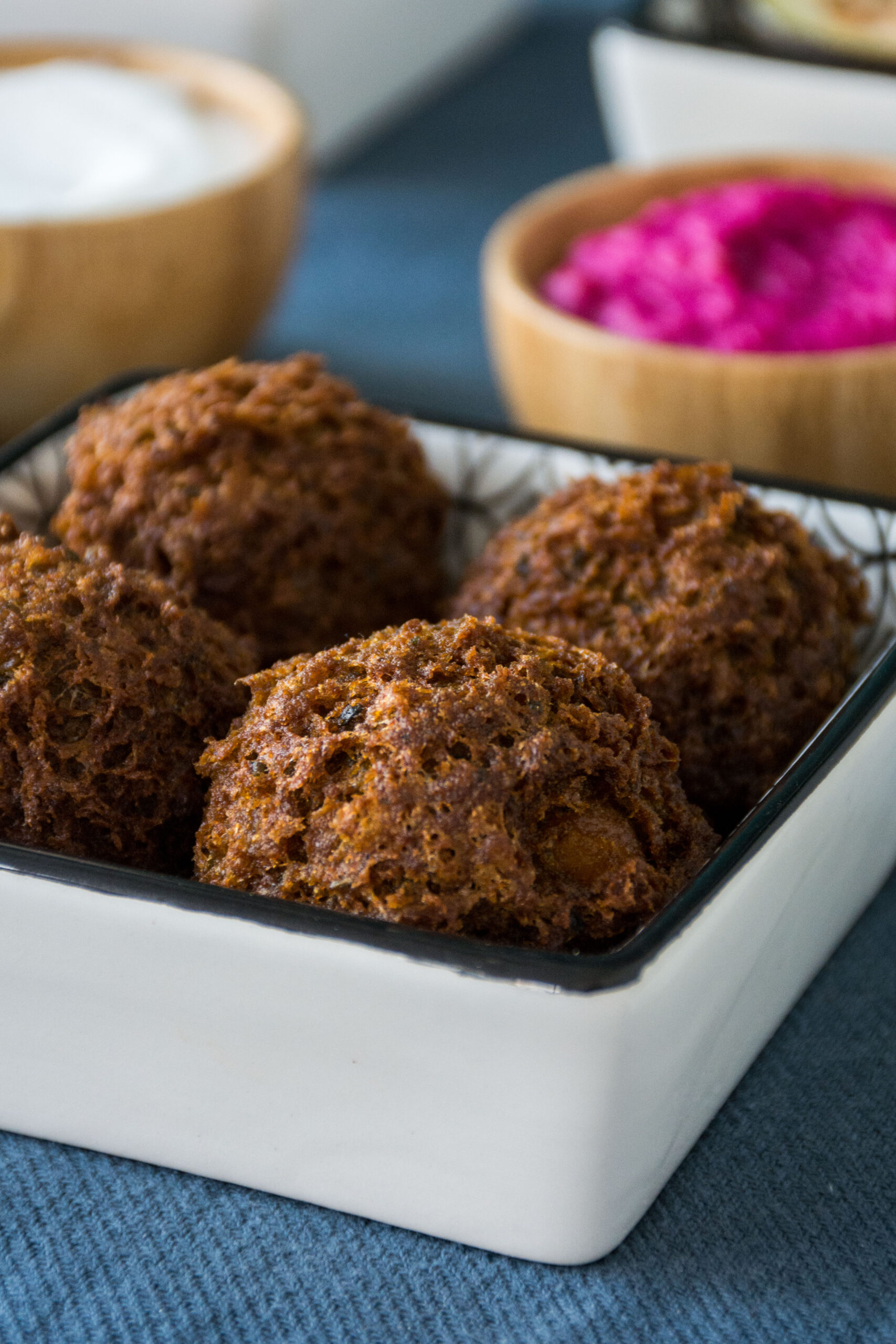
Falafel, hummus, balila, chili con carne, mujadarra, lentil soup, There are a multitude of traditional and modern recipes based on legumes, and the web is full of ideas.. It's only through the pleasure of the taste buds and the senses that we can embrace the Mediterranean lifestyle and the Blue Zones in general. Because getting back to a healthy diet can only be achieved by enjoying it, not by forcing yourself!
Speaking of pleasure, the next chapters will focus on fruits and oilseeds in the Mediterranean diet. These are the perfect snacks for staying on track with your health, while enjoying yourself. They're the ideal alternative to sugary industrial snacks. See you soon for the next chapter!
Next chapter: The vital importance of oilseeds for health, waist circumference and longevity
Previous chapter: Top healthy breads, when and how to eat them

